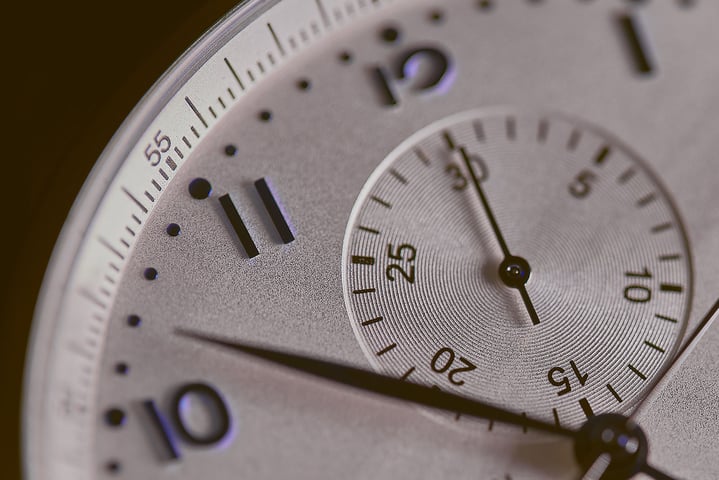
Working in a surface science lab, you surround yourself with an arsenal of analysis equipment and characterization tools; instrumentation that provides you with the information that you need to progress in your work. So why not combine some of the instruments into one and the same setup? The benefits of this could be three-fold. Here we tell you why.
Two technologies that are straightforward to combine are QSense® QCM-D technology and ellipsometry. Such a combination will offer 1) improved data quality, 2) data that neither of the two techniques is able to extract when used on its own and 3) increased time efficiency. 
Figure 1: Schematic illustration of a combined QCM-D and ellipsometry setup
Since the measurement conditions will be identical when the experiments are run simultaneously in the same setup, uncertainties regarding sample variations and measurement conditions will be eliminated. Therefore, it will be possible to directly compare the two collected data sets, confidently knowing that the systems analyzed by the respective method are identical.
The information collected from QCM-D and ellipsometry is complementary and enables extraction of information that neither of the two techniques can extract when used on its own. Thanks to the simultaneous measurements of hydrated, mQCM-D, and non-hydrated, mellipsometry, mass, variations in the amount of coupled solvent, msolvent, in the system under study can be analyzed and quantified.
msolvent = mQCM-D – mellipsometry
Finally, you may be able to save some time running the combination setup rather than executing the measurements individually. Not only may you save time performing the actual experiment, but you may also save time on the both before and after the measurement planning, preparing and analyzing the results. If you want to study the same system with two different technologies, you need to eliminate uncertainties regarding system variations. Perhaps you must move samples back and forth between the different setups, or you must go through lengths to make sure the sample surfaces are identical, or at least very similar. A combined QCM-D and ellipsometry setup could save you time in all these areas.
Combining two complementary methods into one and the same setup, such as QCM-D and ellipsometry, you may not only gain new information neither of the two methods is able to extract when used on its own, but you will also improve the data quality of the information collected. Also, as a side-effect, you may even save some time.
Download the application note to read more about combined QCM-D and ellipsometry.
Read about how to setup the data capture of a combined QCM-D and ellipsometry measurement.
QCM-D and ellipsometry are two surface sensitive real-time technologies that can be used in combination to give synergistic effects. To make to most of the combined output data, there are some aspects to consider when setting up the combined experiment and when analyzing the captured data.
The mass extracted by QCM-D and ellipsometry are often not the same. Read about what the difference is between these masses, and why they are not equal.
Thanks to the complementary information combinatorial QCM-D and ellipsometry can provide, these two allow one to simultaneously monitor both polymer brush swelling and deswelling behavior, as well as attachment and detachment of protein.
The webinar will illustrate the benefit of using two complementary technologies simultaneously to characterize thin film build-up and behavior.
